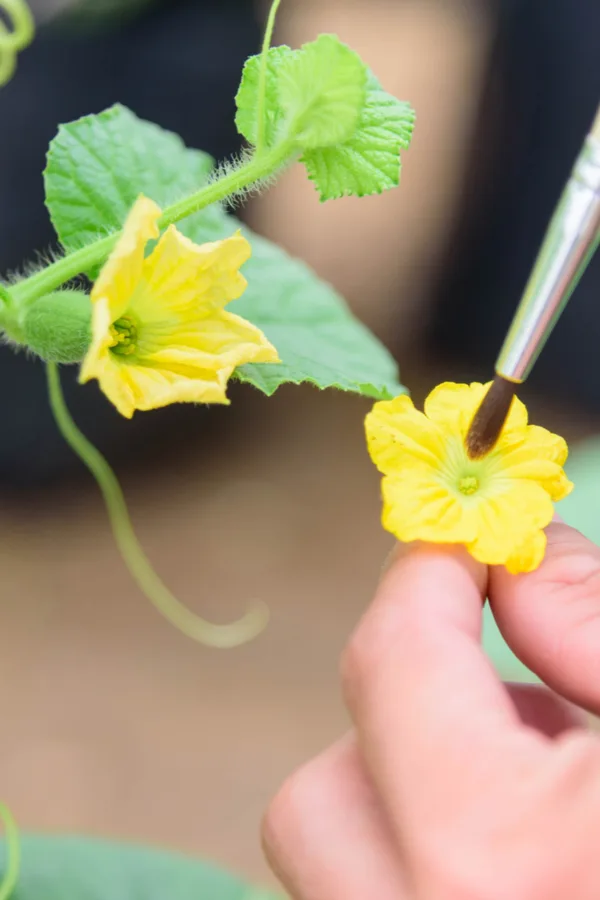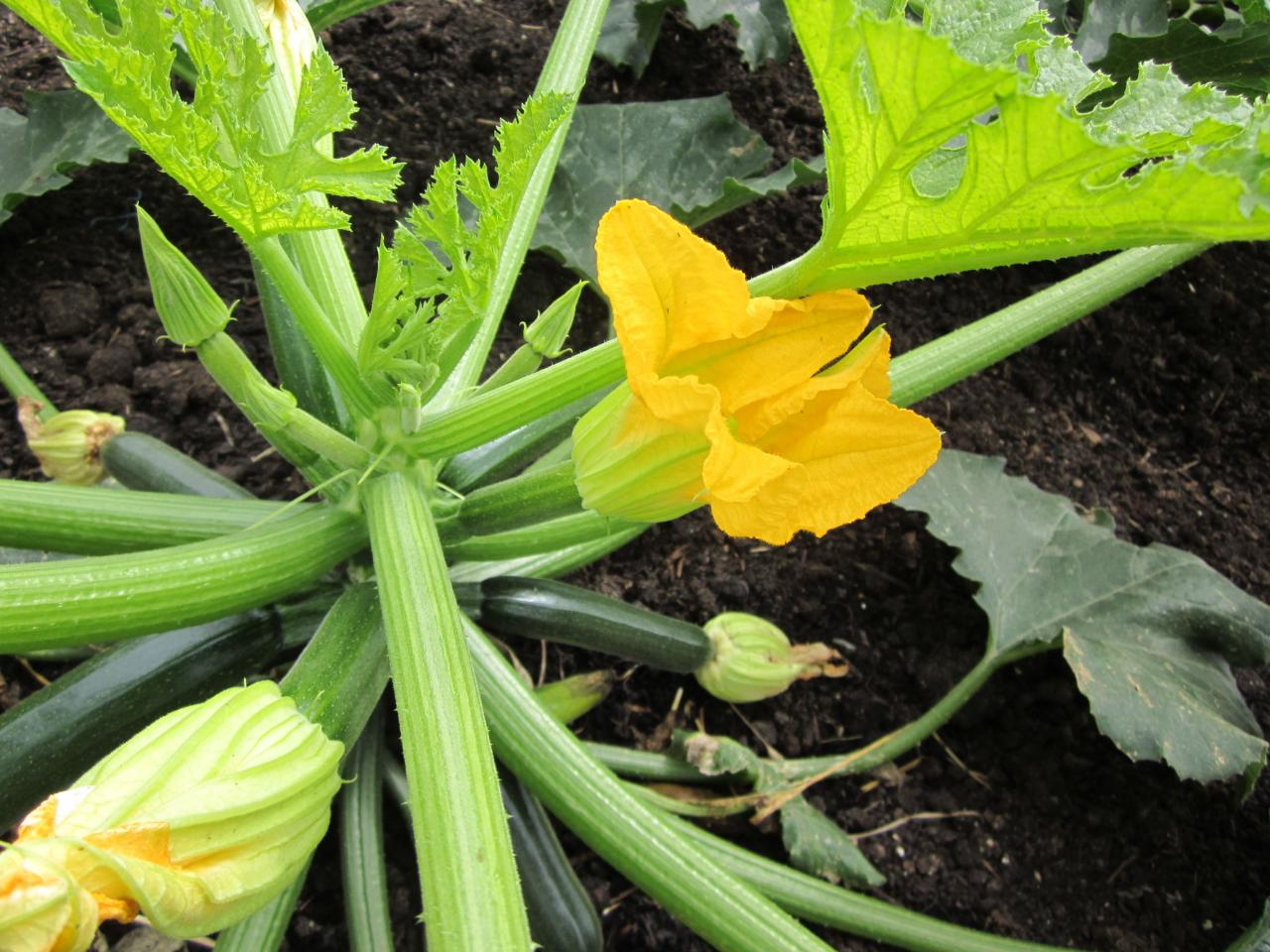So you’ve got your zucchini plants all set up and ready to grow, but there’s just one problem – they’re not producing any fruits! Don’t worry, because we’ve got you covered with some simple tips for pollinating your zucchini plants. In this article, you’ll learn the ins and outs of how to successfully pollinate your zucchini plants, ensuring a bountiful harvest of this versatile and delicious vegetable. Whether you’re a seasoned gardener or just starting out, these tips will help you become a pro at pollinating zucchini plants in no time. Get ready to enjoy an abundance of homegrown zucchinis in your future meals!
Understanding Zucchini Pollination
Why Pollination is Necessary for Zucchini Plants
Pollination is a crucial process for the successful reproduction and growth of zucchini plants. It is through pollination that male and female zucchini flowers transfer pollen, leading to the formation of fruits. Without proper pollination, zucchini plants will not produce a bountiful harvest. Understanding the importance of pollination will enable you to take the necessary steps to ensure successful fruit development.
The Basics of Zucchini Plant Reproduction
Zucchini plants have both male and female flowers, and they rely on pollinators to transfer pollen from the male flowers to the female flowers. Male flowers contain the stamen, which produces pollen, while female flowers have a pistil that receives the pollen and allows for fertilization. Once fertilized, the female flower develops into a zucchini fruit. It is crucial to differentiate between male and female flowers to effectively pollinate zucchini plants and promote fruit set.
Identifying Male and Female Zucchini Flowers
Distinguishing Characteristics of Male Flowers
Male zucchini flowers can be easily identified by their long and slender stems. They often appear in larger numbers, with an abundance of vibrant yellow petals. Inside the petals, you will find the stamen, consisting of the filament and anther, which contains the pollen. These flowers do not produce fruits but play a crucial role in pollination.
Distinguishing Characteristics of Female Flowers
Female zucchini flowers, on the other hand, have a small embryonic fruit at their base, known as the ovary. They possess a stigma, which is a receptive part of the pistil designed to receive pollen. Female flowers typically have a shorter stem compared to their male counterparts. Identifying the female flowers is essential, as they are responsible for bearing the zucchini fruit once they are pollinated.
The Importance of Recognizing the Difference between Male and Female Flowers
Recognizing the distinction between male and female zucchini flowers is vital for successful hand pollination. By being able to distinguish between the two, you can ensure that the pollen is transferred efficiently from the male to the female flowers, enhancing the likelihood of fruit development. Proper identification allows you to focus your pollination efforts and give your zucchini plants the best chance of producing a healthy harvest.
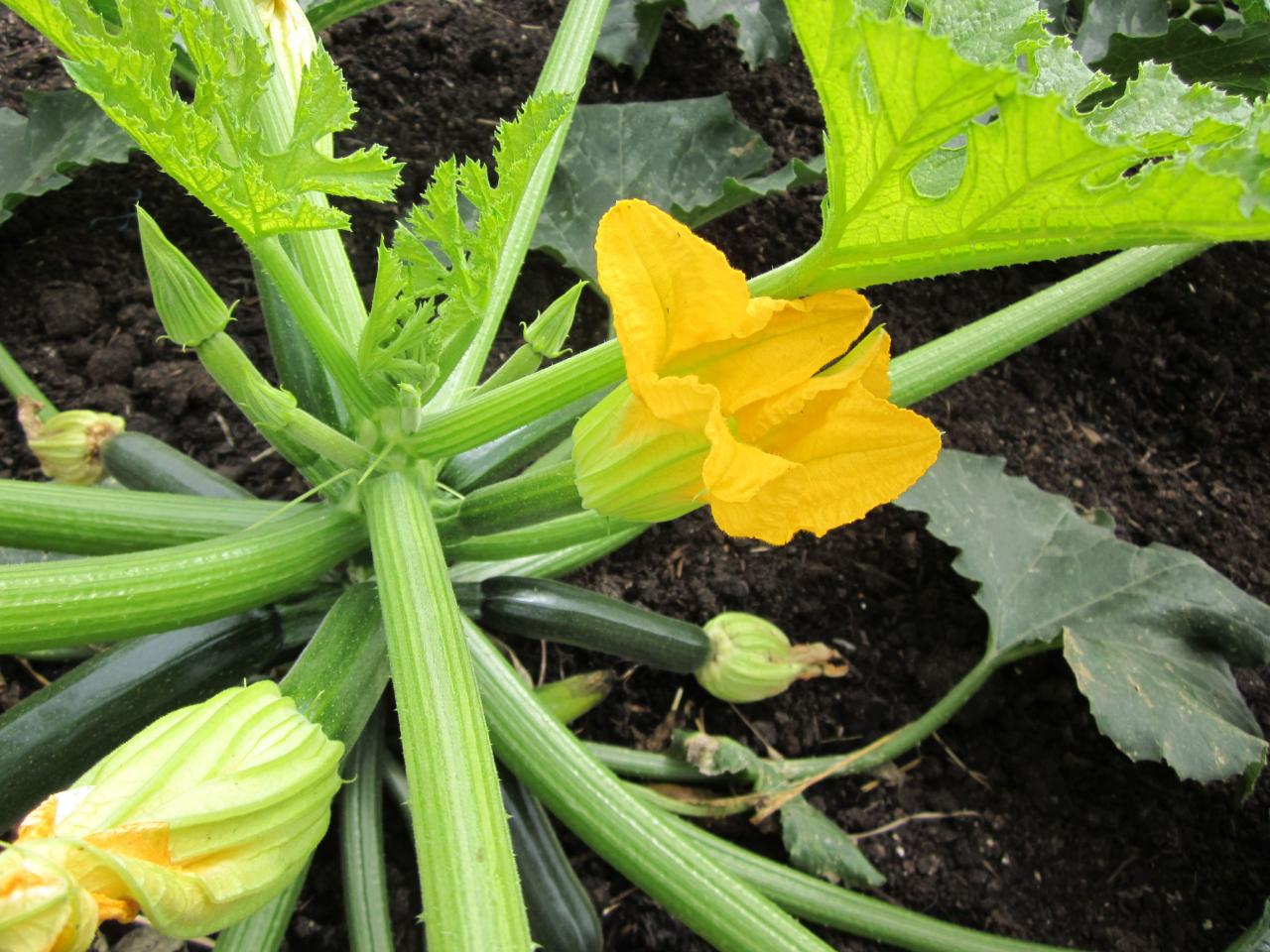
Tools and Techniques for Hand Pollination
When and Why Hand Pollination is Necessary
Hand pollination becomes necessary when natural pollinators are scarce or when environmental conditions, such as excessive rain or high temperatures, hinder pollination. In such cases, manually transferring pollen from the male flowers to the female flowers is crucial to ensure adequate fruit set. By taking matters into your own hands, you can significantly increase the chances of successful pollination and maximize your zucchini yield.
Items Required for Hand Pollination
To successfully hand pollinate zucchini plants, you will need a few simple tools. A small paintbrush or cotton swab can be used to collect and transfer pollen. Alternatively, you may choose to wear a latex or nitrile glove and gently touch the anthers of the male flowers, collecting pollen on your finger, and then transfer it to the stigma of the female flowers. Whichever method you choose, ensure that cleanliness is maintained to prevent the introduction of unwanted elements to the flowers.
Step-by-Step Guide to Hand Pollination
Identify the male and female flowers: Look for the distinctive characteristics mentioned earlier to determine which flowers are male and female.
Collect pollen: With a paintbrush, cotton swab, or gloved finger, gently collect pollen from the anthers of the male flowers.
Transfer pollen: Carefully transfer the collected pollen to the stigma of the female flowers. Gently dab or brush the pollen onto the stigma, ensuring thorough coverage.
Repeat the process: It is best to repeat the pollination process over several days to increase the chances of successful fertilization and fruit set.
By following these steps, you can take control of the pollination process and help your zucchini plants thrive.
Encouraging Natural Pollinators in Your Garden
The Role of Bees in Zucchini Pollination
Bees are incredibly important natural pollinators for zucchini plants. As they visit the flowers to collect nectar and pollen, they inadvertently transfer pollen between the male and female flowers. The buzzing activity of bees is crucial for effective pollination and eventual fruit development. Encouraging bees to visit your garden can greatly enhance the pollination process of your zucchini plants.
Creating an Attractive Environment for Bees
To attract bees to your garden, ensure that you have a variety of flowering plants that bloom throughout the growing season. Bees are particularly attracted to bright, colorful flowers with a rich source of nectar and pollen. Planting flowers such as lavender, sunflowers, cosmos, and borage can provide an enticing environment for bees. Avoid using pesticides or insecticides that may harm or deter these important pollinators.
Other Beneficial Insects for Zucchini Pollination
While bees are the primary pollinators for zucchini plants, other beneficial insects also play a role in the pollination process. Butterflies, moths, and certain species of wasps may visit zucchini flowers and contribute to pollination. By creating a diverse and insect-friendly garden, you can attract an array of pollinators that can help ensure the success of your zucchini plants.
Tips for Attracting Pollinators
Provide a water source: Bees and other pollinators need a water source in your garden. A shallow dish with fresh water or a small birdbath can suffice.
Use companion planting: Plant flowers that attract pollinators close to your zucchini plants. This proximity can draw bees and other beneficial insects to your zucchini flowers.
Offer nesting sites: Bees need safe spots to create nests. Providing areas with bare soil, sand, or untreated wood can encourage bees to establish nests near your zucchini plants.
By implementing these tips, you can create an ecosystem that attracts pollinators and supports the natural pollination of your zucchini plants.
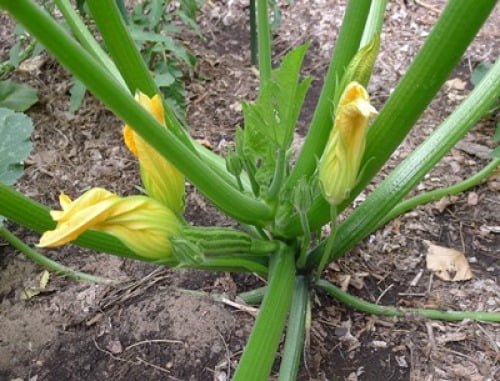
Proper Care and Maintenance of Zucchini Plants
Providing Optimal Growing Conditions
To promote healthy and robust zucchini plants, it is essential to provide them with optimal growing conditions. Zucchini plants thrive in full sun, requiring a minimum of 6-8 hours of direct sunlight per day. The soil should be well-draining, rich in organic matter, and maintained at a slightly acidic to neutral pH. Regularly amend the soil with compost or well-rotted manure to enrich it with essential nutrients.
Watering Techniques for Promoting Healthy Pollination
Proper watering is essential for healthy zucchini plants and successful pollination. It is crucial to maintain consistent soil moisture throughout the growing season, especially when the plants are flowering. Water deeply, ensuring the soil is evenly moist but not waterlogged. Avoid overhead watering, as this may wash away precious pollen and increase the risk of fungal diseases.
Fertilization and Soil Enrichment
Providing adequate nutrition to your zucchini plants is vital for robust growth and fruit development. Prior to planting, incorporate a balanced organic fertilizer into the soil. Additionally, apply compost or well-rotted manure as a top dressing throughout the growing season. This practice ensures a steady supply of nutrients, supporting healthy pollination and the production of high-quality zucchinis.
Controlling Pests and Diseases
Be vigilant in monitoring your zucchini plants for common pests and diseases that can hinder pollination. Regularly inspect the leaves and fruits for signs of pests, such as aphids or squash bugs. Employ organic pest control methods, such as manual removal or the use of insecticidal soaps, to keep infestations in check. Similarly, promptly address any fungal or bacterial diseases by removing affected plant parts or applying appropriate eco-friendly treatments to prevent their spread.
By properly caring for your zucchini plants and implementing preventive measures, you can create an environment conducive to healthy growth and successful pollination.
Avoiding Common Pollination Mistakes
The Importance of Timing
Timing is crucial when it comes to zucchini pollination. Male flowers typically appear before female flowers, so it is important to monitor their development closely. Be ready to hand pollinate when the female flowers are ready to be fertilized. Delaying the pollination process may result in missed opportunities for successful fertilization and fruit development.
Preventing Cross-pollination
Cross-pollination can occur when different varieties of zucchini plants are grown in close proximity. This can result in hybridization and may affect the characteristics of the fruits. To prevent cross-pollination, consider spacing different zucchini varieties apart or separate them with physical barriers like nets or trellises. Alternatively, hand pollination can also be used to control pollination and ensure the desired characteristics of the zucchini fruits.
Recognizing Unsuccessful Pollination
It is important to recognize signs of unsuccessful pollination to address any issues promptly. If female flowers wither and fall off without any fruit development, it may indicate a lack of successful fertilization. Similarly, if zucchini fruits appear misshapen or deformed, it could be a result of poor pollination. Regular observation allows you to take corrective measures and ensure optimal pollination and fruit set.
Solutions for Poor Pollination
If you encounter poor pollination, there are several steps you can take to rectify the situation. First, focus on attracting more pollinators to your garden by implementing the tips mentioned earlier. Additionally, hand pollination can be used to supplement natural pollination. By manually transferring pollen, you can ensure that each female flower receives an ample supply of pollen for successful fertilization. This method is especially useful during periods of low pollinator activity or unfavorable weather conditions.
By being mindful of these common pollination mistakes and taking proactive measures, you can increase the likelihood of successful fruit set and a plentiful zucchini harvest.
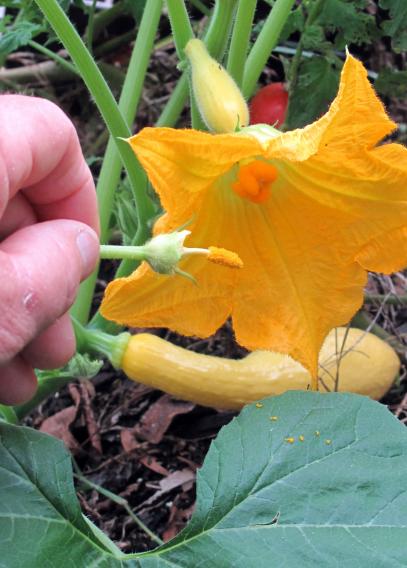
Pollination Tips for Indoor Zucchini Plants
Understanding the Challenges of Indoor Pollination
Growing zucchini plants indoors presents some unique challenges when it comes to pollination. Indoors, the absence of natural pollinators such as bees can hinder the pollination process. Additionally, the controlled environment may lack the ideal conditions for proper pollen transfer. However, with a bit of extra effort, you can overcome these obstacles and help your indoor zucchini plants flourish.
Hand Pollination Techniques for Indoor Plants
In the absence of natural pollinators, hand pollination becomes crucial for indoor zucchini plants. Follow the same hand pollination techniques mentioned earlier, using a small paintbrush, cotton swab, or gloved finger to transfer pollen between the male and female flowers. Be thorough in your pollination efforts, ensuring that each female flower receives ample pollen for successful fertilization.
Indoor Gardening Tips for Successful Pollination
To maximize the chances of successful pollination indoors, it is important to replicate outdoor growing conditions as closely as possible. Provide ample light by placing your indoor zucchini plants near a bright window or using grow lights. Gently shaking the plants during flowering can simulate the movement of natural pollinators and aid in the transfer of pollen between flowers. Maintaining proper humidity levels and avoiding excessive temperature fluctuations will also contribute to a favorable indoor pollination environment.
By adapting your pollination techniques and providing favorable growing conditions, you can overcome the challenges of indoor gardening and support the pollination process of your zucchini plants.
Saving and Storing Zucchini Seeds
When and How to Harvest Zucchini Seeds
Harvesting zucchini seeds allows you to save and store them for future planting. To harvest zucchini seeds, allow the zucchini fruits to mature fully on the plant. The fruits will become large and firm, and the skin may harden or develop a yellowish tint. Once this occurs, carefully remove the fruits from the plant and cut them open lengthwise. Scoop out the seeds, separating them from the flesh. Choose plump, mature seeds and discard any immature or diseased ones.
Cleaning and Drying Zucchini Seeds
After harvesting, it is essential to clean and dry the zucchini seeds before storing them. Begin by rinsing the seeds under cool water to remove any flesh or debris. Pat them dry with a paper towel and transfer them to a dry surface, such as a plate or parchment paper. Allow the seeds to air dry completely in a well-ventilated area, away from direct sunlight. This process may take several days, but it is crucial to ensure the seeds are thoroughly dried to prevent molding during storage.
Proper Storage Methods for Long-term Seed Preservation
To maintain seed viability for future planting seasons, proper storage is essential. Place the dried zucchini seeds in airtight containers, such as glass jars or seed envelopes, to protect them from moisture and pests. Label the containers with the seed variety and the date of harvest. Store the seeds in a cool, dark, and dry location, such as a pantry or a refrigerator. With proper storage, zucchini seeds can remain viable for several years, allowing you to enjoy a continuous supply of delicious zucchini plants.
By harvesting and storing zucchini seeds correctly, you can ensure their long-term viability and continue to grow healthy zucchini plants in the years to come.
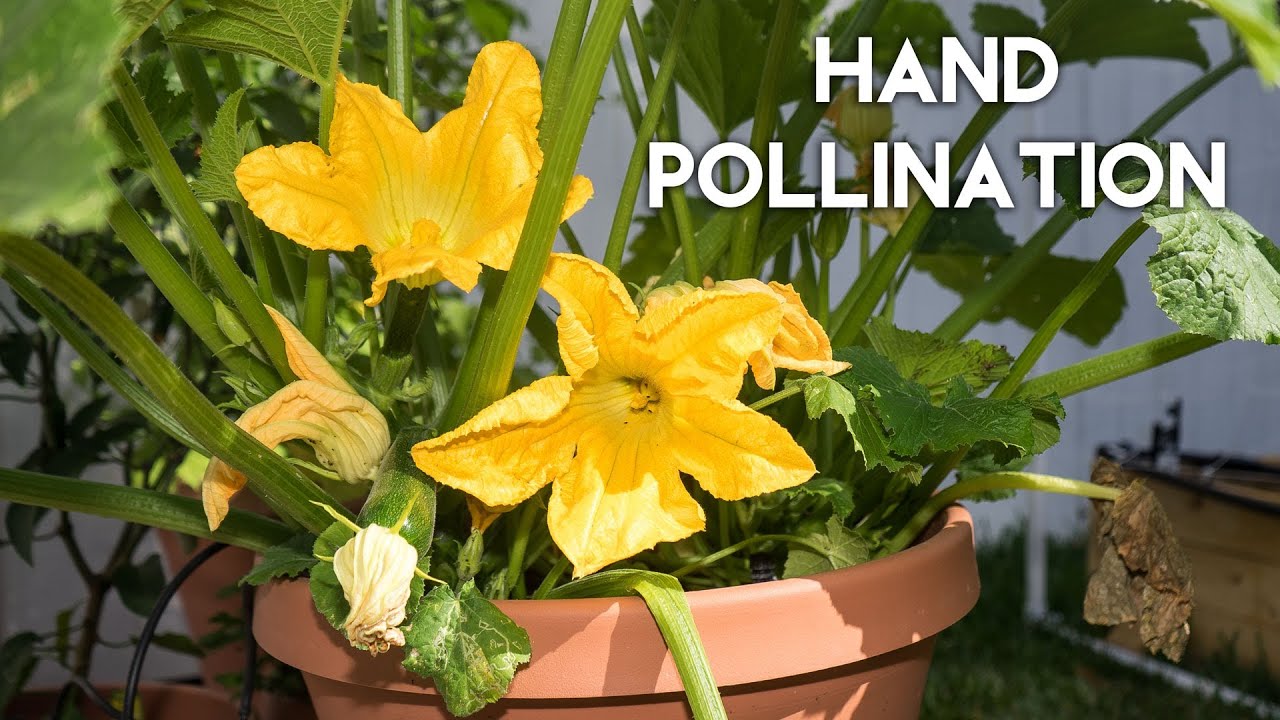
Troubleshooting Common Pollination Issues
Flower Drop and Lack of Fruit Development
If your zucchini plants experience flower drop or fail to develop fruits, it can be a frustrating issue to address. Several factors can contribute to this problem, such as environmental stress, inadequate pollination, or nutrient deficiencies. Ensure that your zucchini plants are adequately watered and receive sufficient sunlight. Implement hand pollination techniques to ensure thorough pollination. Similarly, maintain soil fertility by regularly feeding your plants with organic fertilizers or compost to provide the necessary nutrients for fruit development.
Deformed or Misshapen Fruits
Deformed or misshapen zucchini fruits can result from incomplete or unsuccessful pollination. When a female flower is not adequately pollinated, it may still develop into a fruit, but its shape and size may be irregular. To address this issue, focus on improving the pollination process by attracting more pollinators to your garden. If natural pollinators are scarce, consider implementing hand pollination techniques to ensure that each female flower is successfully fertilized.
Blossom End Rot
Blossom end rot is a common problem that affects zucchini fruits. It is characterized by the development of dark, sunken patches at the blossom end of the fruit. While not directly related to pollination, blossom end rot can occur due to calcium deficiency and inadequate water uptake by the plant. To prevent this issue, maintain consistent soil moisture levels by watering regularly and evenly. Ensure that the soil has adequate calcium levels by incorporating calcium-rich amendments, such as agricultural lime or crushed eggshells, when planting.
Tips for Addressing Pollination Problems
Monitor environmental conditions: Factors such as extreme temperature fluctuations, excessive rain, or high humidity can affect pollination. Adjust growing conditions as needed to provide a favorable environment for pollination.
Encourage pollinators: Implement strategies to attract pollinators, such as planting bee-friendly flowers and providing nesting sites. Consider adding a bee house or bee-friendly plants near your zucchini plants to encourage their presence.
Hand pollination: When natural pollinators are scarce or conditions are unfavorable, utilize hand pollination techniques to ensure adequate pollination. Be proactive in transferring pollen to the female flowers to increase the chances of fruit development.
Improve soil fertility: Optimal soil fertility promotes healthy plant growth, leading to better pollination and fruit development. Regularly amend the soil with organic matter, compost, or well-rotted manure to ensure a nutrient-rich growing environment.
By addressing common pollination issues promptly and implementing appropriate solutions, you can maximize the chances of successful fruit development and harvest.
Experimenting with Different Pollination Techniques
Understanding the Pros and Cons of Different Methods
While hand pollination is often the go-to method for ensuring proper pollination, it is worthwhile to explore alternative techniques and their pros and cons. Natural pollination allows for a more sustainable and hands-off approach. However, it relies on the presence of pollinators and favorable environmental conditions. Cross-pollination can also occur, affecting the characteristics of the zucchini fruits. Experimenting with different techniques allows you to determine which method works best for your specific gardening circumstances.
Cross-pollination and Hybridization
Cross-pollination can occur when different varieties of zucchini plants grow close to one another. This can lead to hybridization, where the resulting fruits exhibit characteristics of both parent plants. While this may be desirable in some cases, if you prefer to maintain the purity of a specific variety, precautions must be taken to prevent cross-pollination. Isolation through spacing, physical barriers, or hand pollination can minimize the risk of unwanted hybridization.
Hand Pollination vs. Natural Pollination
Hand pollination provides precise control over the pollination process, ensuring that female flowers receive an ample supply of pollen for fertilization. It is especially useful when natural pollinators are scarce or during periods of low pollinator activity. Natural pollination, on the other hand, is a hands-off approach that relies on the presence of pollinators for successful fertilization. It requires creating an environment that attracts pollinators and providing optimal growing conditions. Both methods have their advantages and can be employed individually or in combination, depending on your specific needs and circumstances.
Exploring Alternative Pollination Techniques
Aside from traditional hand pollination and natural pollination, alternative techniques can be explored to enhance the pollination process. Vibrating the flowers gently using an electric toothbrush or a tuning fork can simulate the buzzing activity of bees, aiding in pollen transfer. Flicking the male flowers gently to release pollen or using a small fan to create air movement can also encourage pollination. These techniques are experimental and may yield varying results, but they offer an opportunity to further explore and improve the pollination process.
By experimenting with different pollination techniques, you can discover the most effective method for promoting successful fertilization and fruit development in your zucchini plants.
In conclusion, understanding zucchini pollination is crucial for gardeners looking to maximize their zucchini harvest. By recognizing the differences between male and female flowers, utilizing hand pollination techniques when necessary, attracting natural pollinators to your garden, providing proper care and maintenance to your zucchini plants, avoiding common pollination mistakes, and exploring different pollination techniques, you can greatly enhance the chances of successful pollination and abundant fruit development. Whether you have an outdoor garden or grow zucchini plants indoors, implementing these tips and techniques will help you achieve a thriving zucchini crop year after year. Happy pollinating!
